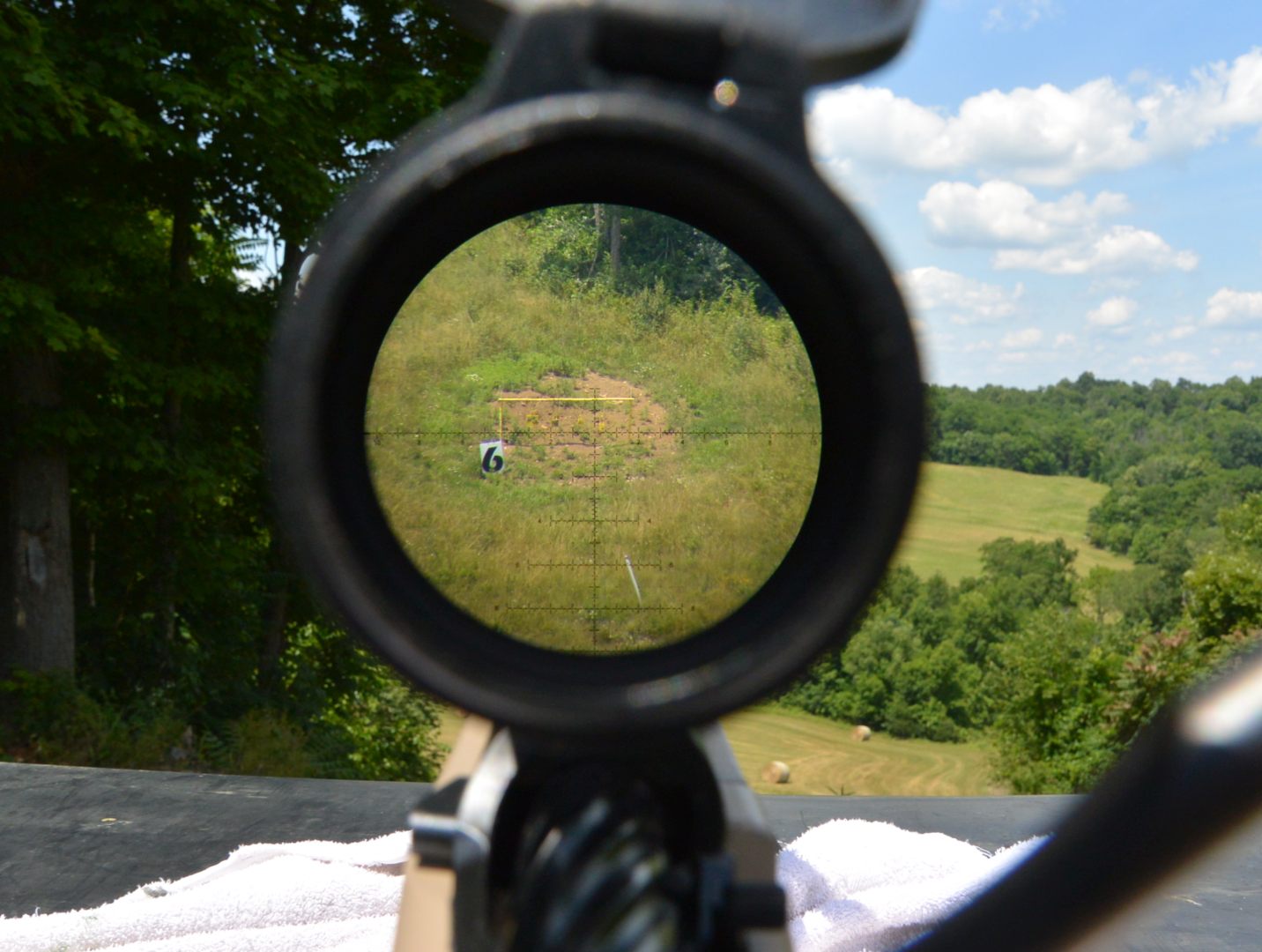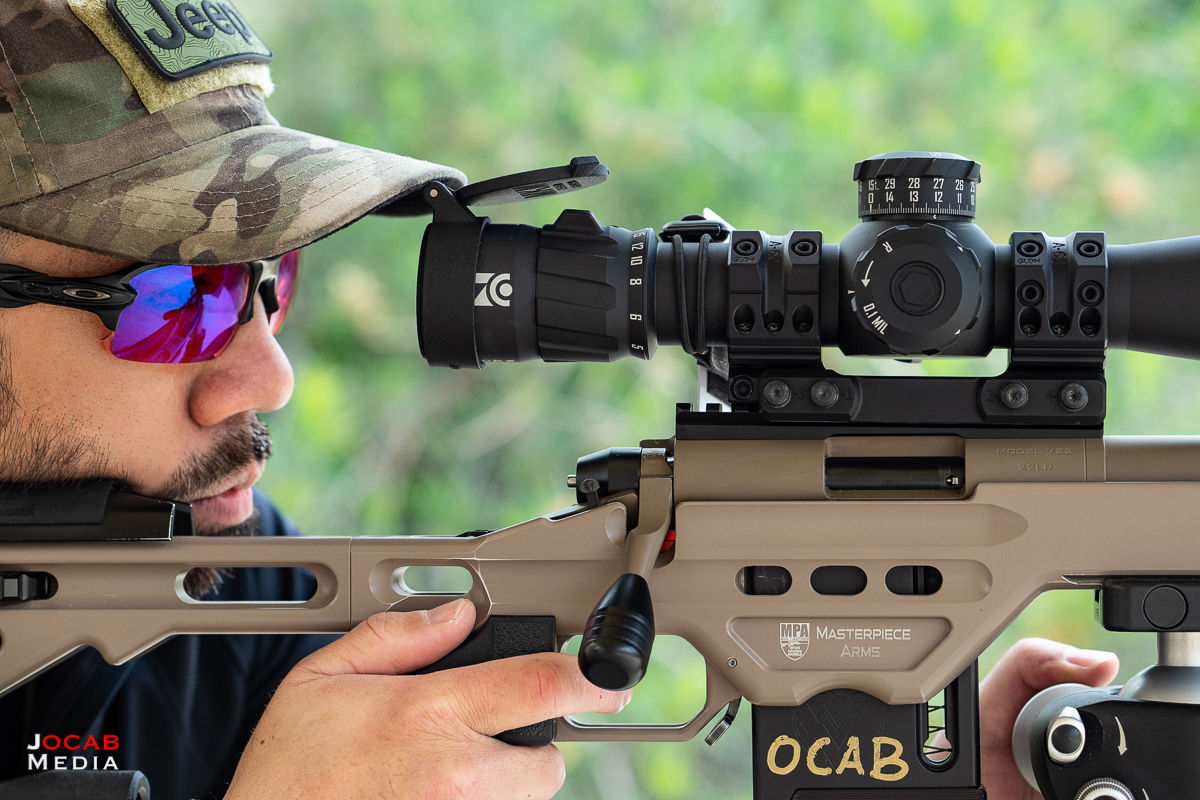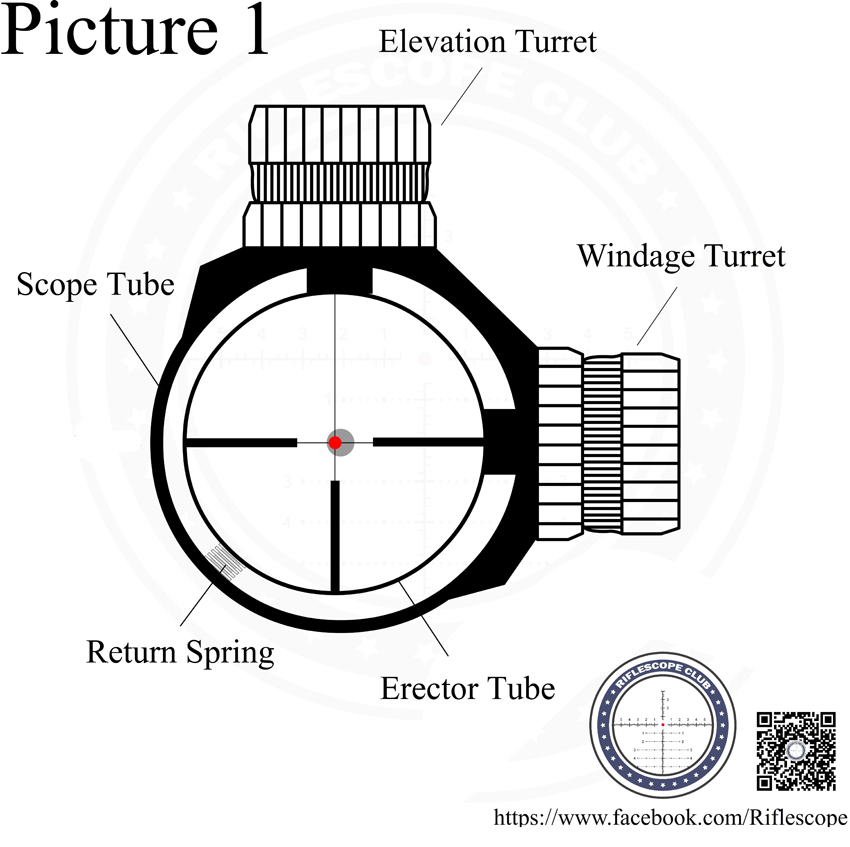Another explanation of problem by Vector Optics :
Vector Optics is devoted to making high-quality rifle scopes & other optics with competitive prices & consistent quality. Accompany your every shot.
www.vectoroptics.com
Why Can't Your Scope Adjustment Go Straight
September 04th, 2020
Evelyn: Hey, Stephen, there is a problem bothering me recently. When I adjust the scope windage or elevation, it won’t go straight but go diagonally. What’s the problem of my scope?
Stephen: In fact, it does not go diagonally but go in an ARC. To solve this problem, you need to know how the scope adjustments work.
Evelyn: That’s great!
Stephen: Just as Picture 1 shows, inside the scope is another tube, we call it erector tube which carries the reticle.
Around the erector tube are three connection points, they help to hold the erector tube. Two of them are windage turret and elevation turret respectively, the other one is called return spring or erector spring.
Evelyn: Oh, I don’t even know there is an inner tube inside the scope. So how dose it work?
Stephen: Let’s still refer to Picture 1, when we adjust the turrets to alter the position of the reticle, the windage turret or elevation turret push the erector tube to move to the target position.
Adjust the elevation turret, it pushes the erector tube up and down; Adjust the windage turret, it pushes the erector tube side to side.
Evelyn: I see. Now is the time to tell me why it goes in an arc.
Stephen: OK. Take the GIF Picture in the comment as an example.
Firstly, the windage has been keeping adjusted to far left or close to its extreme position;
Secondly, the elevation has been keeping adjusted up;
Finally, the erector tube comes to meet the inwall of the scope body.
At this time, if you continue to adjust the elevation upwards, the erector tube will walk along the shape of the scope inwall in an arc route.
Evelyn: Oh! I got it! It’s because there is no room for the erector tube to go up straightly!
Stephen: Yes! So some scopes limit the windage adjustment turret range to make sure there are enough room for erector tube to travel up and down straightly.
Go back to your problem, what you need to do is remember not to adjust the turrets too far or close to its extreme position.
Evelyn: Ah,it make sense!Thank you for your explanation. I’m going to readjust my scope!







